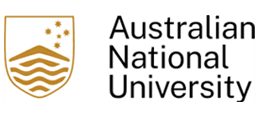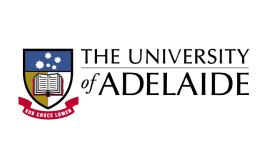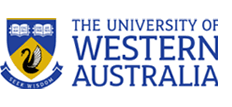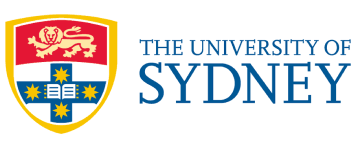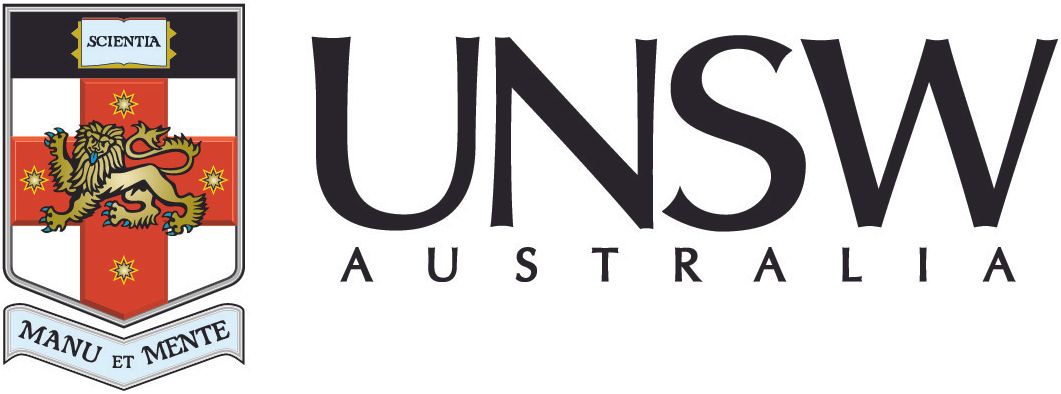Harry Potter and the disenchanted wildlife’ – Biodiversity Council says community outcry over Victorian show is justified
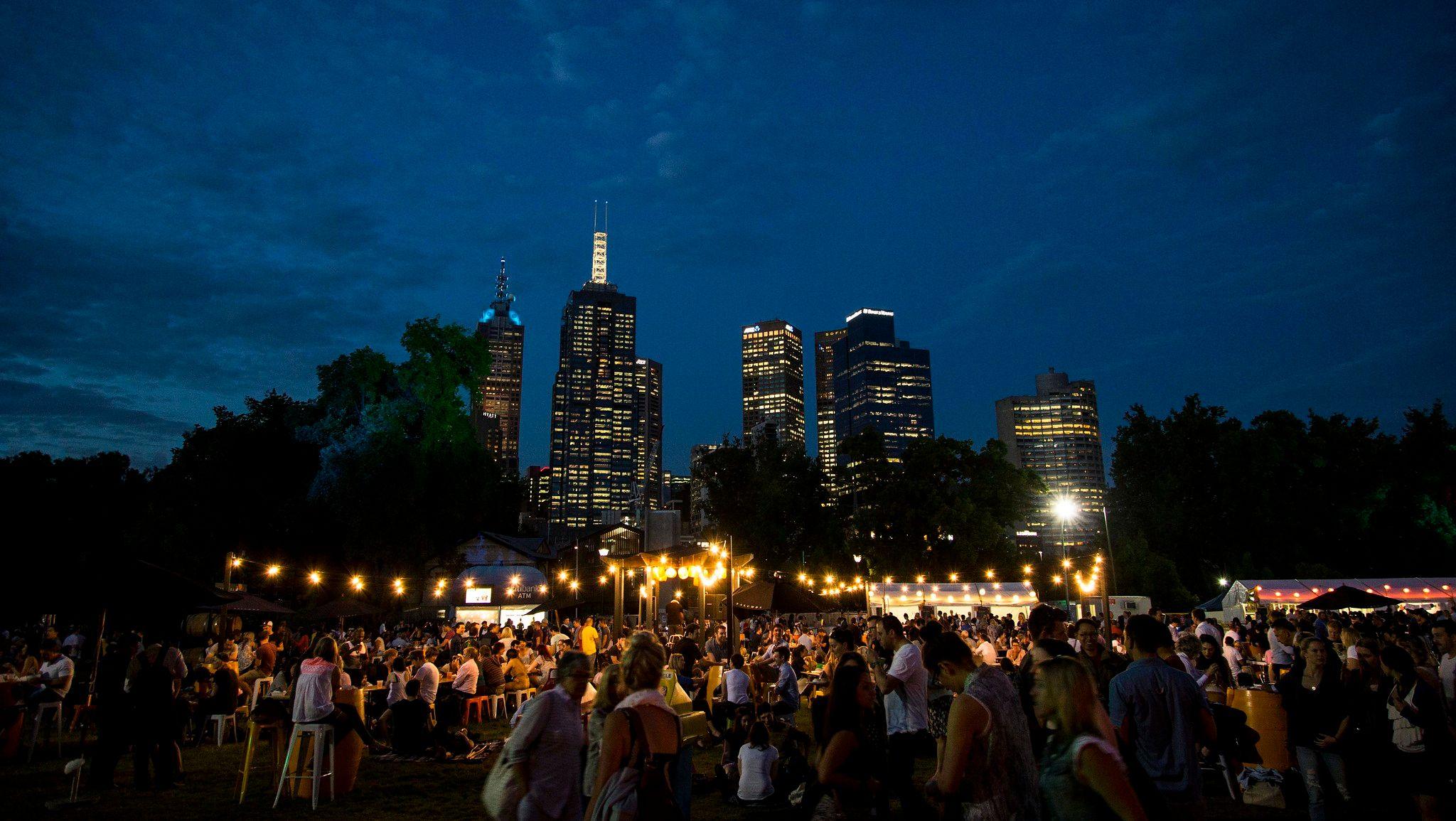
Media Release
9 February 2024
The Biodiversity Council says community concern about wildlife impacts from light and sound shows, like the Harry Potter show planned for a Victorian conservation park, is justified.
According to the independent expert group founded by 11 Australian Universities, an extensive body of research tells us that the lights and noise of these types of shows, plus the noise, presence and smells of the thousands of visitors, make them highly stressful for many wildlife.
Harry Potter: A Forbidden Forest Experience is scheduled to run in the Briar’s Wildlife Sanctuary on the Mornington Peninsula for six weeks beginning in April and will attract thousands of people each night.
It has attracted a groundswell of public concern about the impacts that it will have on the park’s wildlife, including a petition with more than twenty thousand signatories.
It’s not the first time that light and sound shows have faced community opposition due to wildlife concerns. Parrtjima in Alice Spring’s Desert Park, and Lumina light show at Mt Coot-tha, Brisbane have also attracted worry and anger.
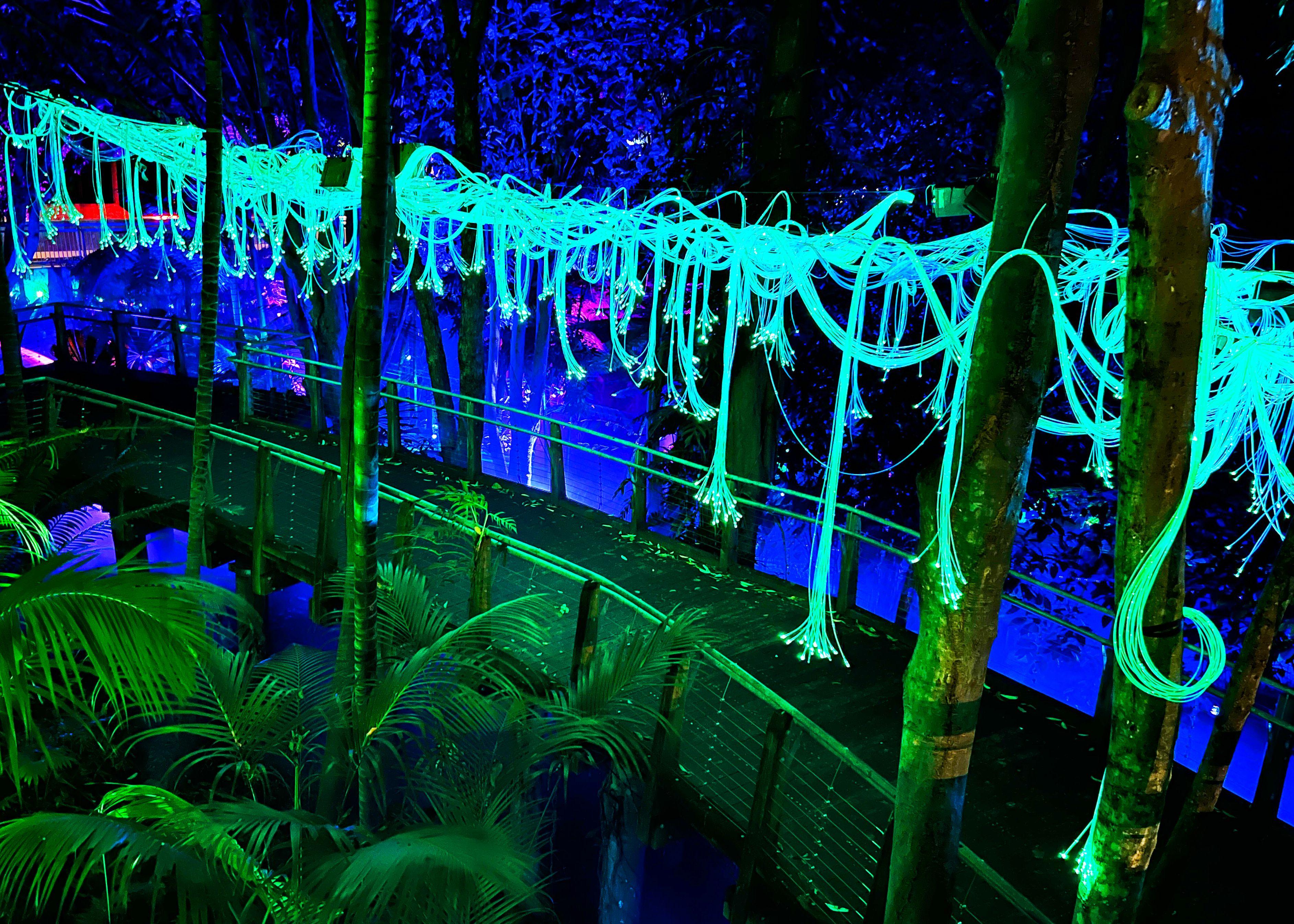
Light shows in natural areas create a stressful environment for wildlife in the area. Image: Jaana Dielenberg.
Light and sound shows in parks are becoming more common. They typically draw thousands of visitors each night to experience special effect lighting, sounds, artificial smoke and animated sculptures along a path a couple of kilometres long.
Postdoctoral Research Fellow Dr Loren Fardell from The University of Queensland, an expert in the causes and effects of stress in wildlife, said:
“Sound and light shows create a massive increase in the number of people and of artificial lights,sounds, and smells in these parks after dark, a time when most mammals, frogs, reptiles, and birds are most active.
“Most Australian animals evolved with the natural darkness, quiet and smells of the night and they rely on them. For example, to be able to find food, find and communicate with each other, and to see, smell, hear and hide from predators or aggressive competitors.
“For animals, the lights, sounds, people and smells introduced by these events create a highly stressful landscape of fear. It reduces the time and space that animals can forage for food, forcing them to spend more time and energy in higher vigilance.
“This can take a physical toll making them more prone to illness, and creating problems with reproduction, sleeping, development and growth that can even span generations after the disturbance.
“While the footprint of these shows may look small, their paths often wind through a lot of habitat and their impact extends well beyond the trail and can have really profound flow on effects through the food chain.”
Biodiversity Council member Professor of wildlife ecology Euan Ritchie from Deakin University said:
“While these shows can be fun for visitors and a boost for local economies their locations should be selected to avoid important wildlife conservation areas.
“Australia has experienced numerous species declines and extinctions since European colonisation and wildlife conservation areas are often only tiny fragments of once widespread ecosystems.
“To give the native species hanging on in these patches the best chance of survival we have to be prepared to say no to activities that aren’t compatible with their conservation.
“Places like the Briars Wildlife Sanctuary, which is home to species like the threatened powerful owl, were specifically set aside for conservation; we should respect that and not introduce activities that aren’t compatible.”



